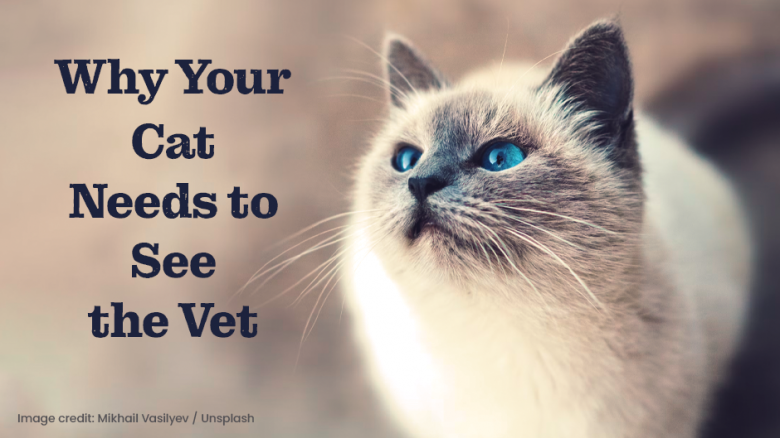In the News
FACT vs. MYTH: Dental Health Edition

It’s Pet Dental Health Month! Check out these facts and myths to test your knowledge on what is going on inside your pets' mouth:
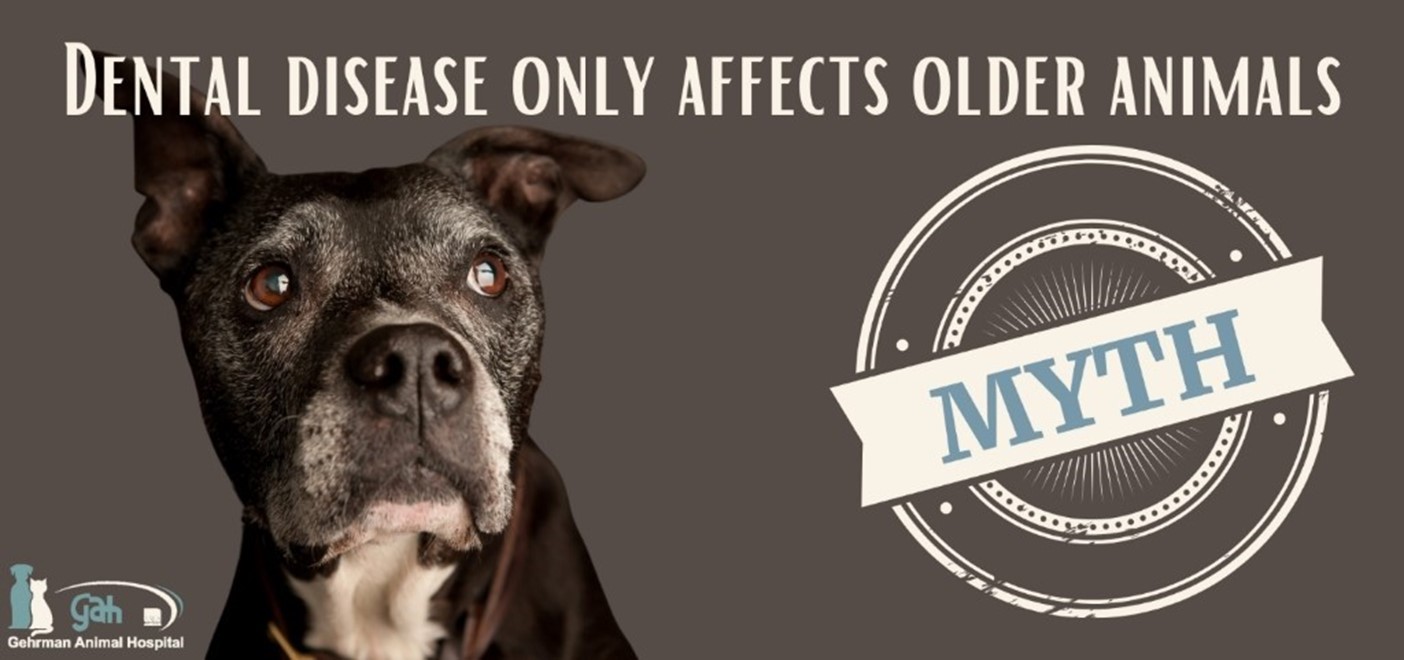
Dental disease can affect pets at any age. Plaque naturally builds-up around the teeth and gums when saliva is mixed with food particles and bacteria to form a sticky, slimy film. Unremoved plaque turns to tartar in as little as 48 hours. Once plaque turns to tartar, it is impossible to remove without the help of a professional and anesthesia. Tartar and plaque lead to bacteria infiltrating below the gum line, which can lead to infection and dental disease. By the age of 3, about 70% of cats and 80% of dogs have some degree of dental disease.
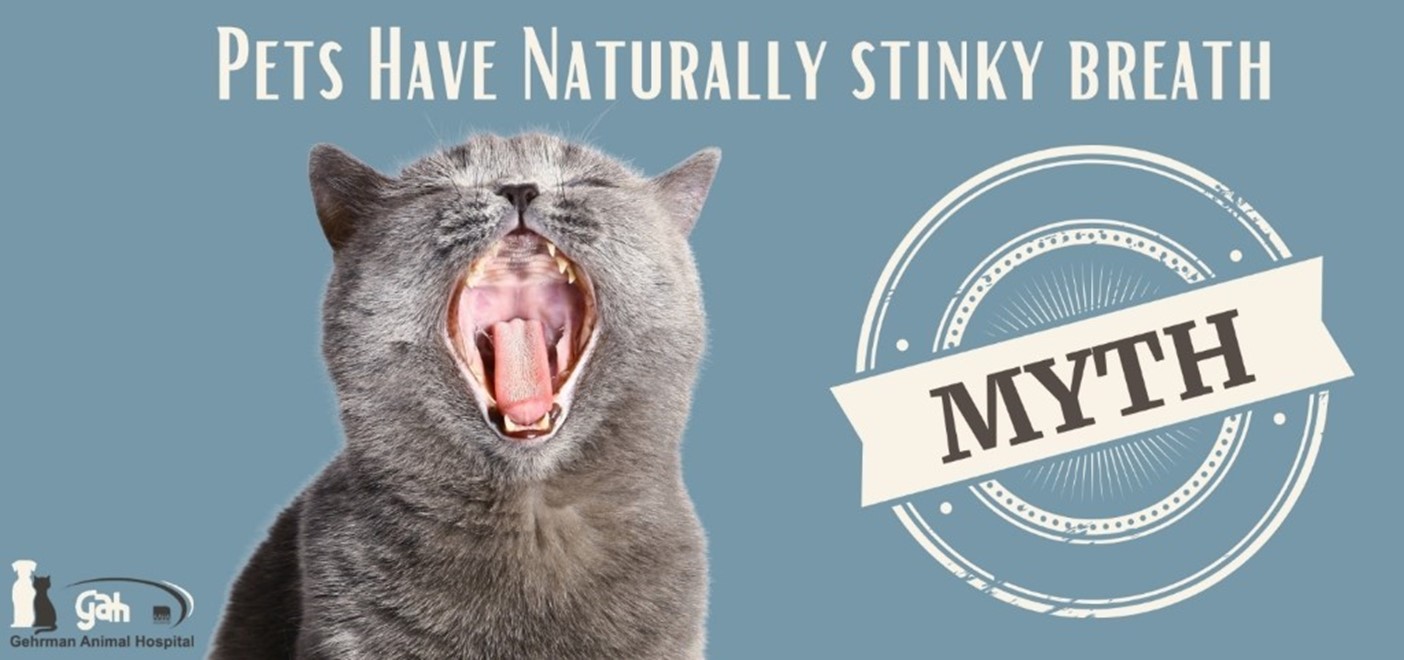
Your pet’s breath should actually smell pretty neutral. Stinky breath, also known as halitosis, is caused by bacteria in the mouth and under the gums. While bacteria are an essential part of the microbiome inside of your pet’s mouth, an overabundance of bacteria can lead to issues. Extremely intolerable breath is generally a sign of infection.
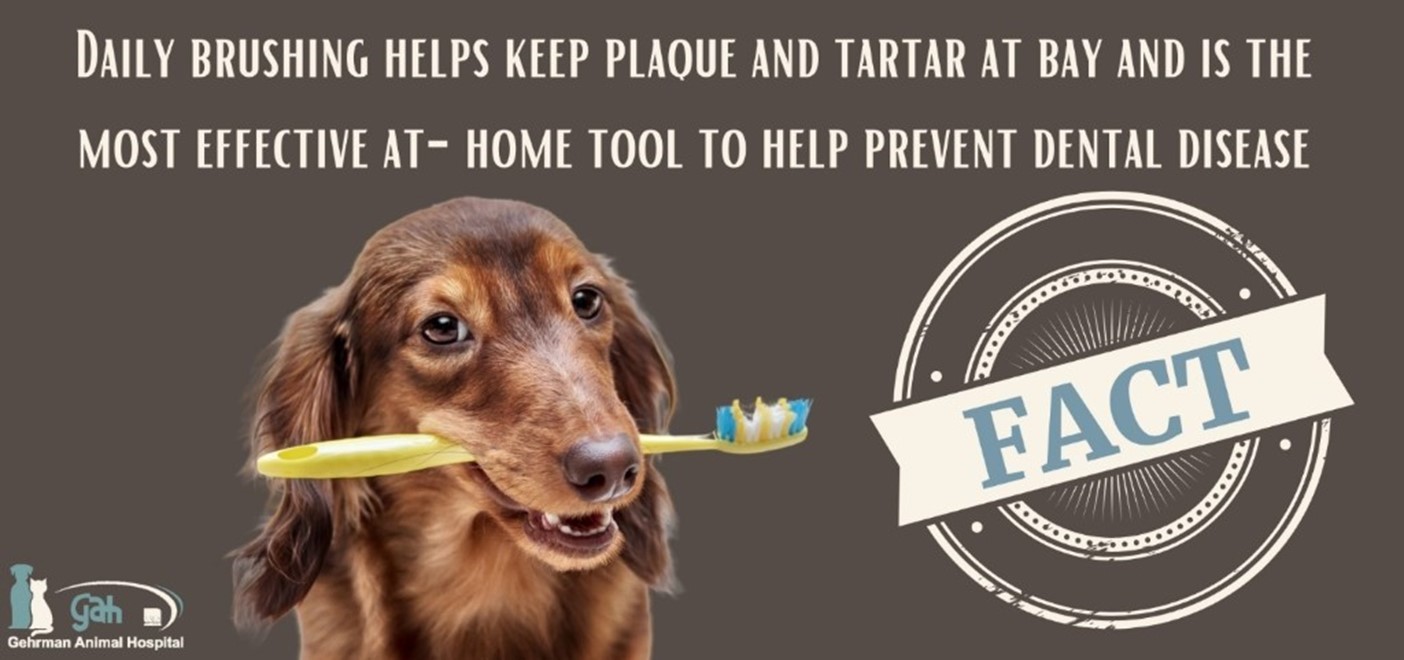
While crunchy kibble, special chews, and treats can help scrape some plaque from the teeth, simply feeding crunchy food is not enough. Brushing daily is the most effective way to clear away plaque and keep your pets mouth healthy. Yes, even cats can become accustom to having their teeth brushed, too! While it may seem daunting at first, brushing can become expected, routine, and easy to do with the proper discipline and approach. Like nail trimming, many pets are fearful at first - but with the right amount of consistency it can become a bonding, and even enjoyable, experience. Be sure to only use pet specific pastes and brushes. Smaller dogs and cats tend to prefer brushes that attach to your finger, and larger dogs tend to need the reach of a long handled, angled pet toothbrush. While you work on getting your pet used to brushing, you can use special treats and chews, toys, food and water additives, and special gels and rinses to assist with removing plaque.
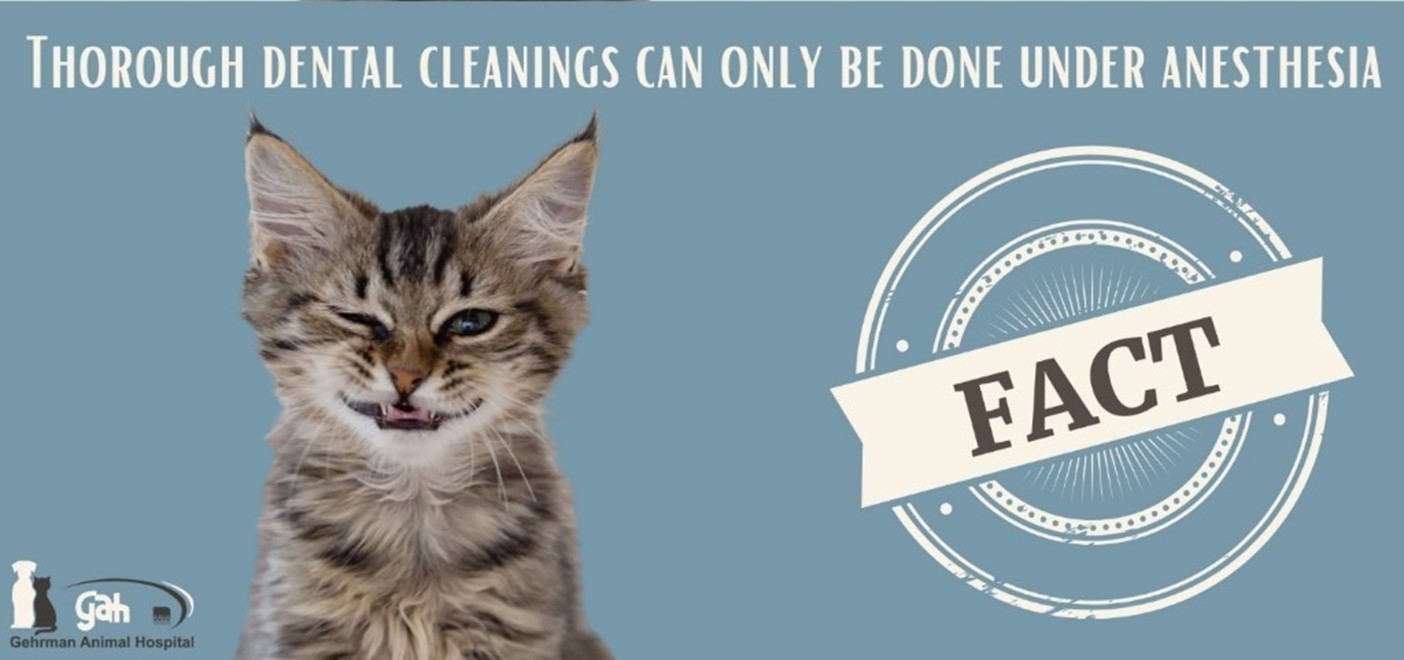
Could you imagine going to the dentist for the first time and the dentist doesn’t speak your language or have any way to communicate to you what they are going to do and why it is important to your overall health? The buzzing of the tools and the sharp instruments coming at a vulnerable and sensitive part of your anatomy would be enough to send the bravest person running for the hills. This is exactly how a dog or cat would feel if they aren’t anesthetized for dental care. Cleanings that can take place while your pet is awake can only be cosmetic at best, and anesthesia is required for tartar removal and cleaning under the gums. Before any dental cleaning takes place, it is necessary to run tests to ensure your pet is healthy enough have the procedure completed, so blood work and radiographs (dental x-rays) are recommended before a dental cleaning.
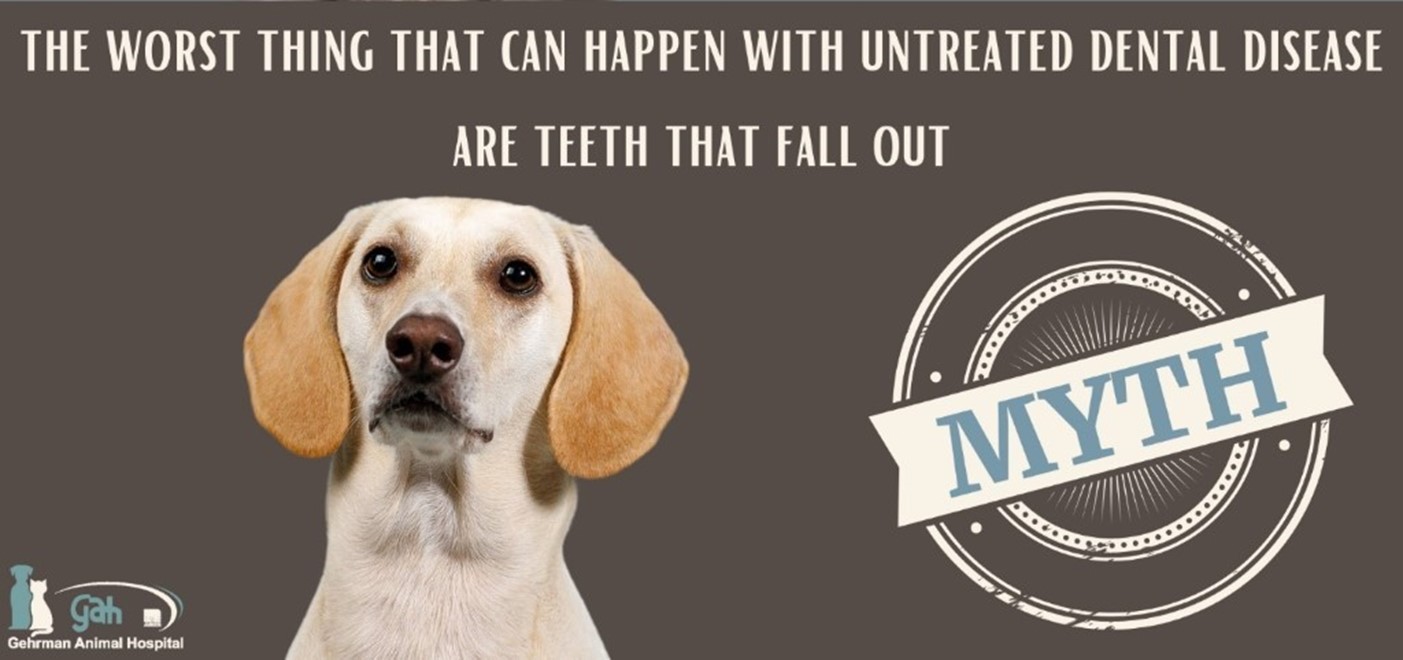
Besides living in constant pain, pets with dental disease are actually at risk for developing other ailments. Among these include a detrimental impact to your pet’s immune system, heart disease, and kidney disease. Infections that start in the mouth can also fester and cause infections in the bones and blood causing sepsis. Clean and healthy mouths are essential to keeping your pet happy and healthy.
Bottom line? Oral health is so important to the wellbeing and health of our pets and can add years to their lives! Here at Gehrman Animal Hospital, our staff is extensively trained and educated in providing oral care and your pet’s dental health is paramount to us. If you are worried about your pets’ mouth and teeth, give us a call today to schedule and exam!



